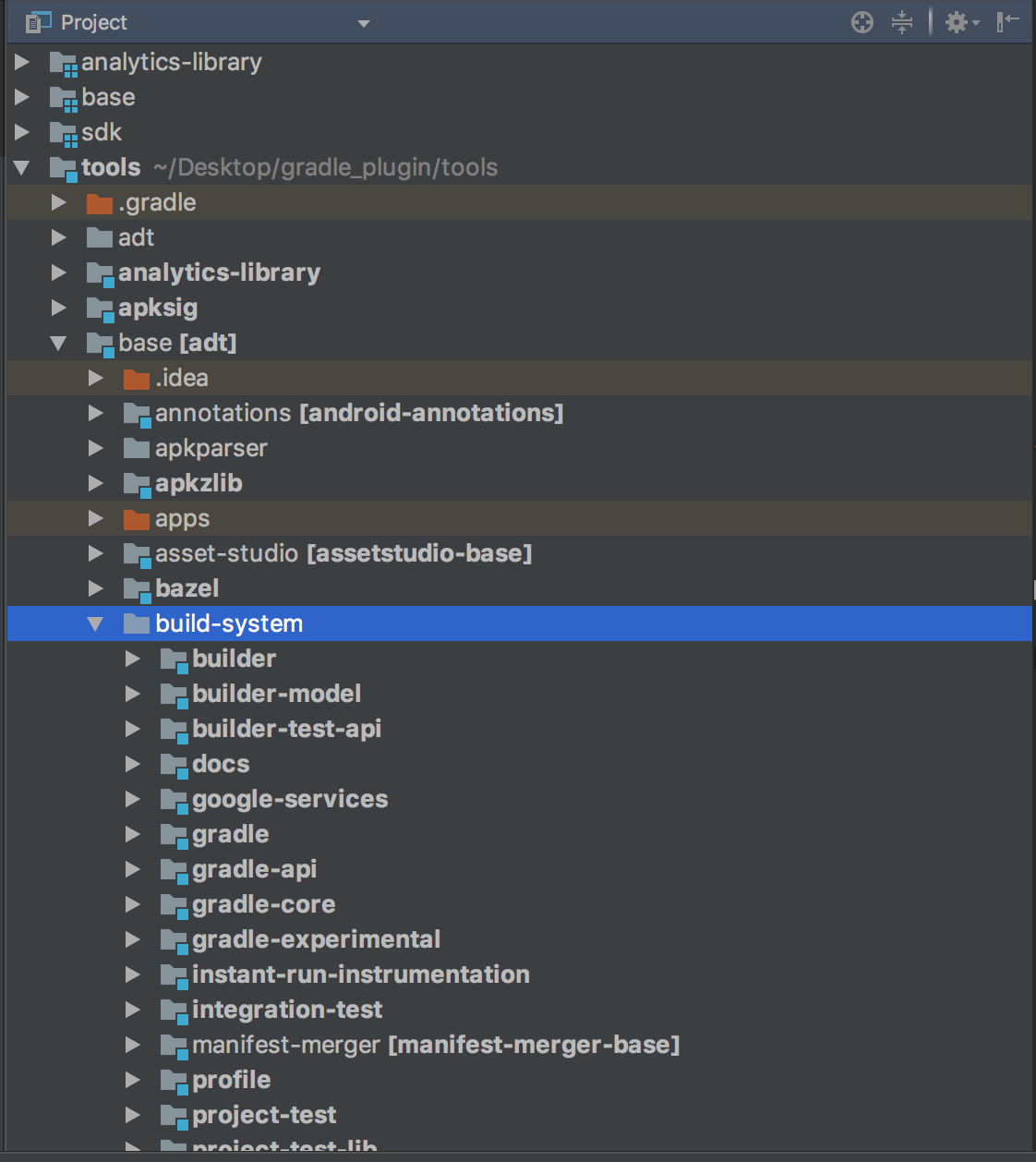



Handling Mutually Exclusive Dependencies.Understanding Library and Application Differences.Writing Custom Gradle Types and Service Injection.Avoiding Unnecessary Task Configuration.Understanding Configuration and Execution.Sharing Build Logic between Subprojects.Declaring Dependencies between Subprojects.You can find the version number of the current build in tools/buildSrc/base/version.properties. You may need to change the version of the plugin as the version number used in the development branch is typically different from what was released. To test your own Gradle projects, using your modified Android Gradle plugin, modify the adle file to point to your local repository (where the above publishLocal target installed your build).įor example, if you ran the repo init command above in /my/aosp/work, then the repository will be in /my/aosp/work/out/repo. Connect the Intellij remote debugger to port 5006.Run the test in IDEA (Run, not debug, unless you want to debug both the test and the plugin at the same time).Add the environment variable DEBUG_INNER_TEST=1 to the run configuration.To debug the Android Gradle Plugin being run from integration tests: To debug unit tests simply use the debug action in Intellij IDEA. out/repo/, and it is also done as part of running the integration tests. The above command publishes the plugin to a local Maven repository located in. To build AGP for use in other projects, use the “Execute Gradle Task” action to run :publishAndroidGradleLocal (or :publishLocal if you also need the databinding libraries) All of the projects are built together in a multi-module Gradle project setup.


 0 kommentar(er)
0 kommentar(er)
